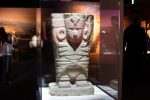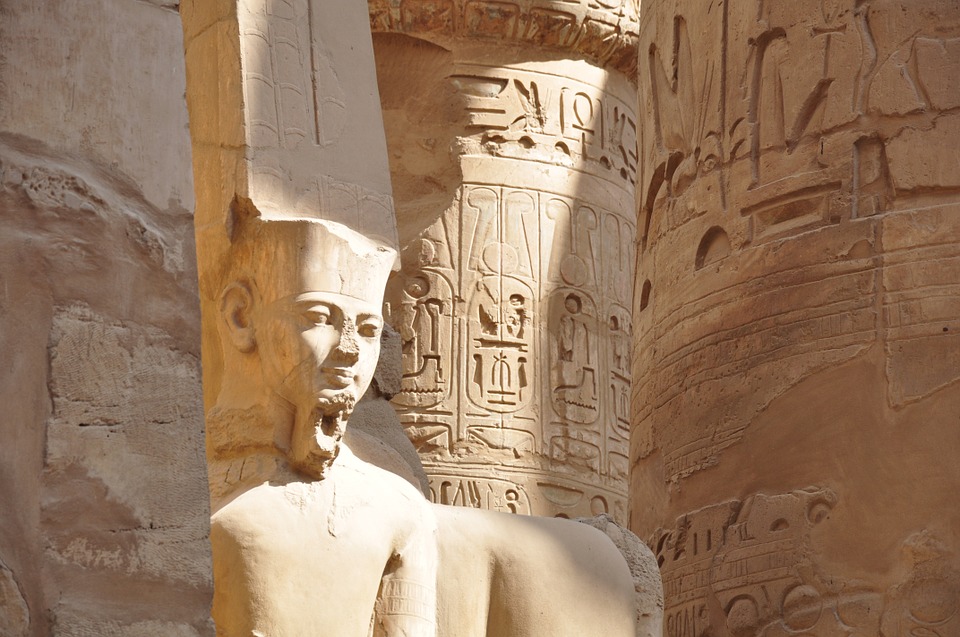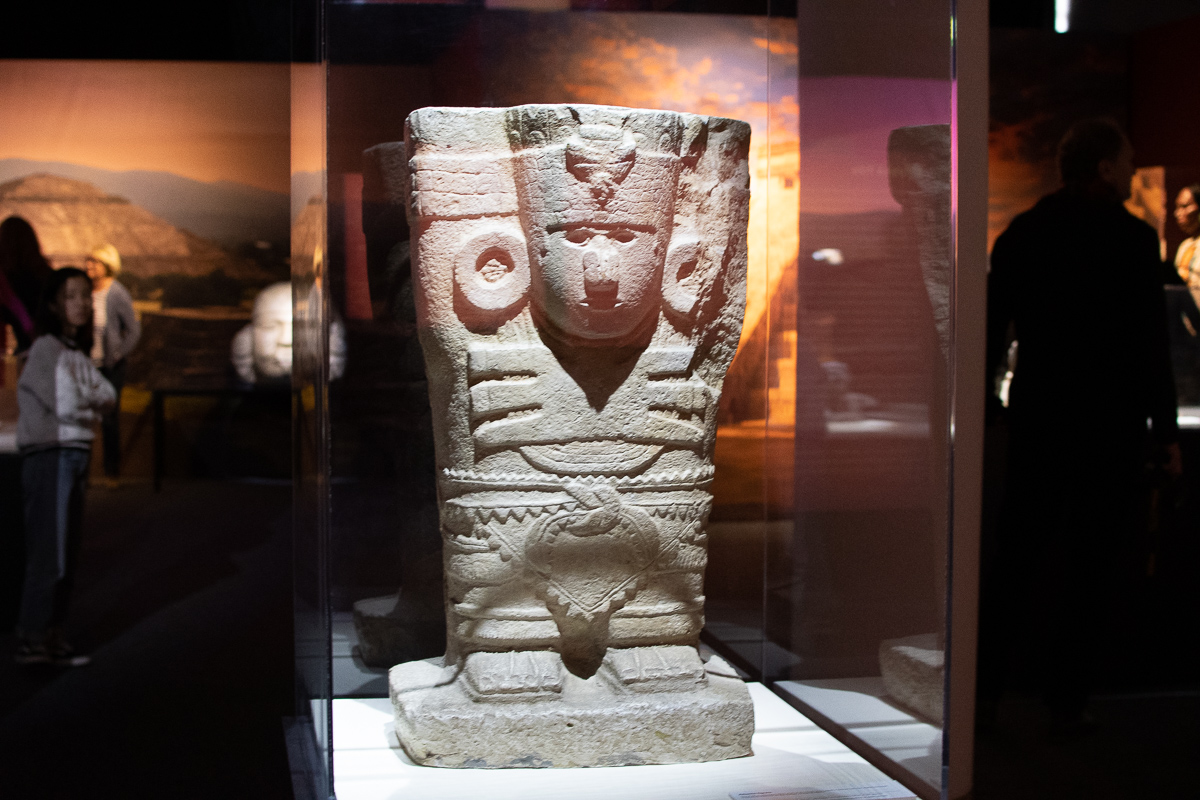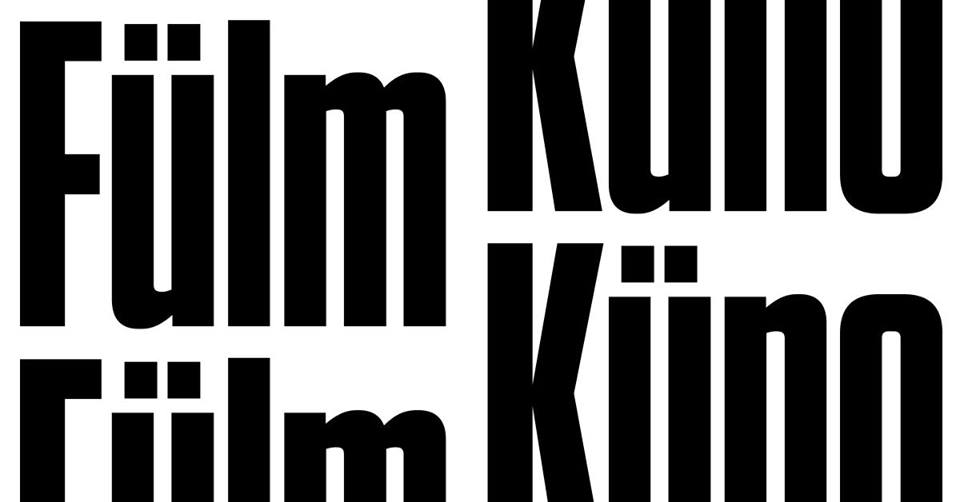Cairo/Prague, Oct 16 (CTK) – An unknown temple of an ancient Egyptian pharaoh has been uncovered in Abusir, where Czechs hold a prestigious archaeological licence, the Egyptology Institute of Charles University said yesterday, adding that the temple dates back to about 1279-1213 BC, the period of Ramesses II’s rule.
Miroslav Barta, who heads the Czech expedition, said the find proves the unique building and religious activities of Ramesses II in the Mephis area.
It is the only archeologically proved temple of this pharaoh in the Saqqara and Abusir necropolis, Barta said.
The temple of 32×51 metres included a mighty adobe entrance gate. Behind it, there was a stony courtyard flanked by two depository buildings on the right and on the left, the Egyptological Institute said.
From the opposite end of the courtyard, there was access to an elevated stony sanctuary with the rear part divided into three parallel rooms.
The sanctuary ruins were found covered with lots of sand and stone fractions many of which bore fragments of painted reliefs.
The finds mean a priceless source of information for the determination of the function and age of the whole temple.
Czech Egyptology has regularly attracted world attention by its rare archaeological achievements.
The Egyptology Institute, whose professors lecture at home and abroad, including at elite U.S. universities, was catapulted to the world’s attention by its former head, Professor Miroslav Verner, in the 1980s.
rtj/mr
Copyright 2017 by the Czech News Agency (ČTK). All rights reserved. Copying, dissemination or other publication of this article or parts thereof without the prior written consent of ČTK is expressly forbidden. Brno Daily is not responsible for its content.








